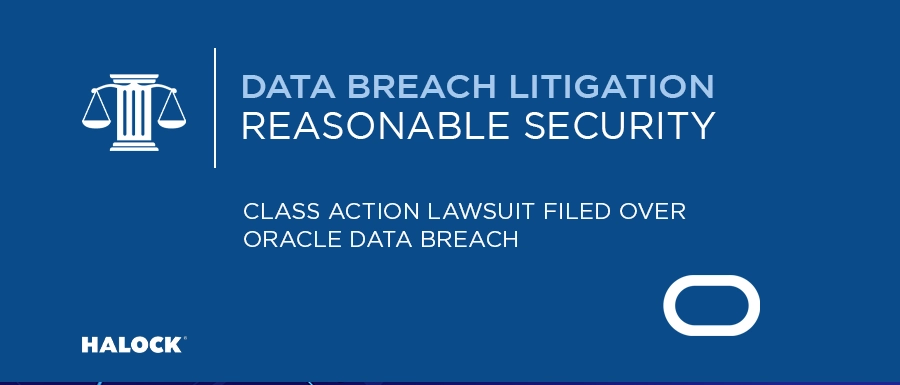Description
On March 21, 2025, a security research team identified a threat actor who claimed to possess millions of data lines tied to over 140,000 Oracle Cloud tenants. The breach took place in January of 2025 and was facilitated through a Java vulnerability that allowed the attacker to deploy malware targeting Oracle’s Identity Manager database. The attacker was then able to exfiltrate authentication information including usernames, hashed passwords, SSO credentials and LDAP passwords. Oracle’s initial response was to downplay the incident, stating that the data or Oracle Cloud customers had not been accessed. However, the threat actor shared evidence of the attack that included 10,000 customer records, a file showing Oracle Cloud access, user credentials, and an internal video as proof of the hack. A lawsuit was filed on March 31, against Oracle by a Florida resident in lieu of the attack. Since then, Oracle has confirmed the attack and has been notifying its customers about the attack.
Basis of the Case
According to the class action suit, the Defendant failed to implement reasonable and industry standard data security practices to properly secure, and safeguard the Plaintiff’s and Class Members’ sensitive personal identifiable information (PII) that it had acquired and stored for its business purposes. More specifically, the suit alleges that Oracle failed to design, implement, monitor, and maintain reasonable network safeguards against foreseeable threats, nor did it adequately train staff on data security or comply with industry-standard data security practices.
The suit also claims that the Defendant failed to notify Plaintiff and Class members of the Data Breach which is in direct violation of Defendant’s responsibilities under the Data Breach notification statute in Texas which is where Oracle is based. As a result of the Data Breach, the Plaintiff claims that class members are now at a current, imminent, and ongoing risk of fraud and identity theft.
Call to Action
According to a third-party investigation, Oracle G1 servers were targeted by the attack and the Java exploit has been evident since 2020, while compromised credentials were reused to access the legacy environment. Some of the measures that could help in an attack such as this include:
- Retiring legacy systems or isolating them from modern networks would have reduced attack surfaces.
- Implementing multifactor authentication (MFA), which would add an extra layer of security that would make it harder for attackers to use the compromised credentials.
- Strict adherence to lease privilege for the involved legacy environments may have limited the attack.
- Real-time anomaly detection for login attempts could have flagged suspicious activity.
The class actions suit also points to the importance of an Incident Response plan (IRP). A robust IR plan isn’t just procedural. It is also a tool for preserving organizational credibility during crises. By denying a breach, an organization risks losing trust amongst its stakeholders and the community. Publicly recognizing the security breach after it’s been revealed and sharing transparent details about remediation efforts is important to demonstrate accountability. To gain trust concerning future attacks, an eventual plan outlining new security protocols and systems will instill confidence.
READ MORE HALOCK BREACH BULLETINS

